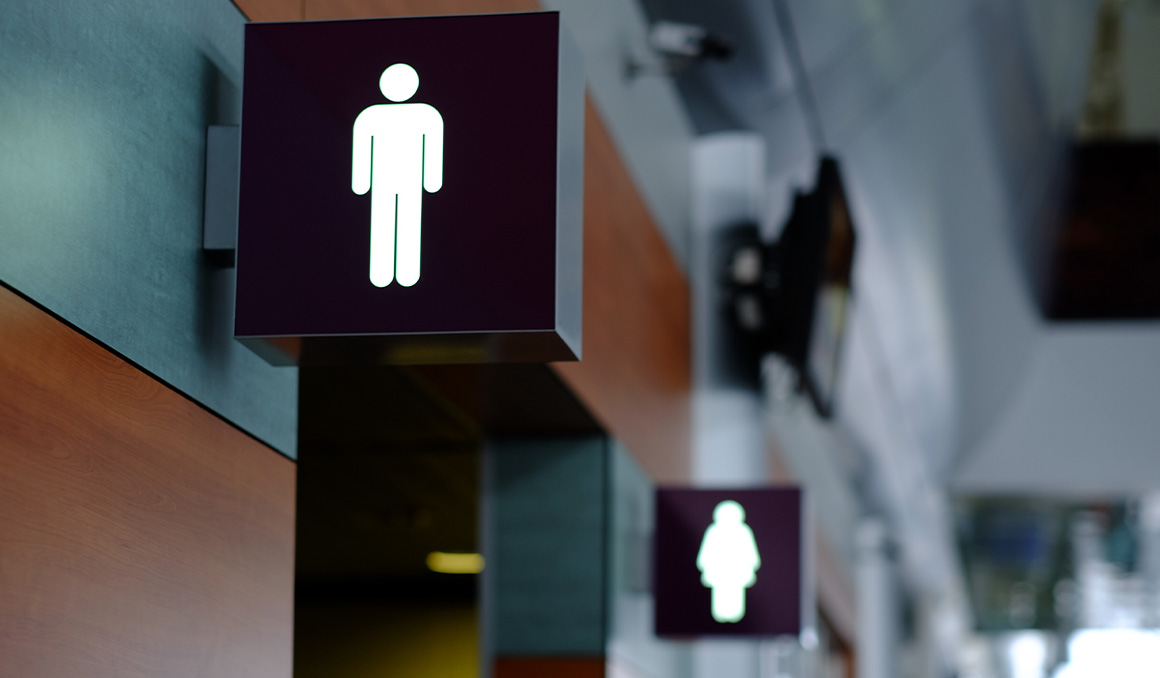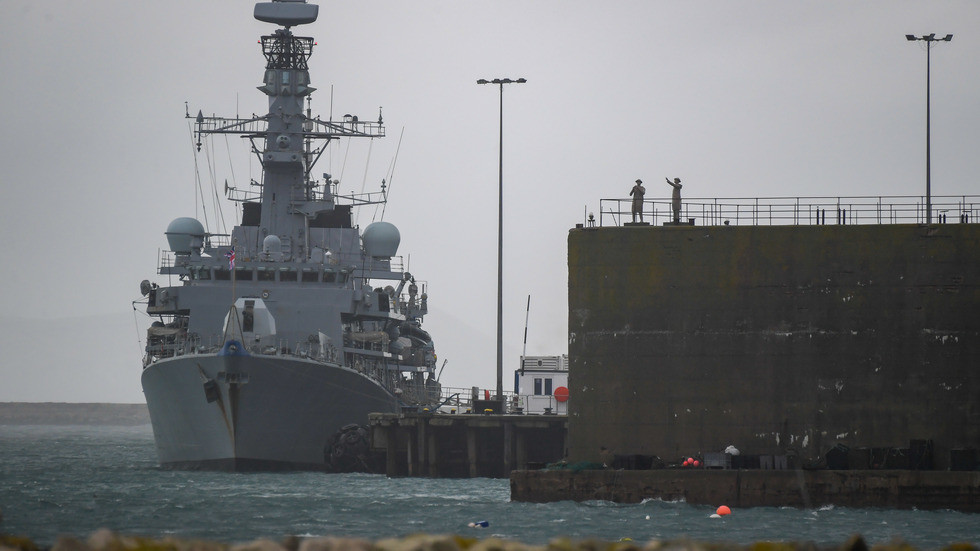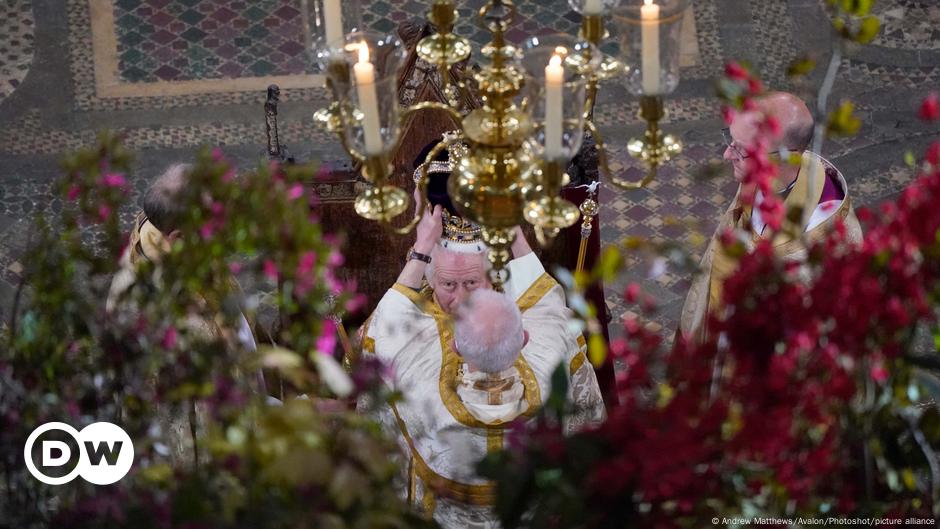CV NEWS FEED // A mosaic dating to approximately the year 230 — hailed as the earliest known physical proclamation of Jesus Christ as God — is now on public display for the first time at the Museum of the Bible in Washington, D.C.
The artifact, known as the Megiddo Mosaic, is part of the exhibit “The Megiddo Mosaic: Foundations of Faith,” which opened Sept. 15 and will run until July 6, 2025.
Unearthed in Megiddo, in northern Israel, the mosaic was discovered in 2005 during prison expansion efforts. It is considered one of the most significant archaeological finds since the Dead Sea Scrolls, according to a report from the Jewish News Syndicate.
At the exhibit’s opening reception, Museum CEO Carlos Campo emphasized the mosaic’s profound message.
“[A]s I step back, I learn more about the power of this object and what it’s trying to say to me about ancient history, about the history of Christianity, about the place in Israel and so much more,” Campo said.
He highlighted the mosaic’s unifying power, saying, “This object really is a way for us to come together — a way for us to see that these tiny little tesserae, these tiny little chips, these beautiful pieces when placed together — they tell a remarkable story of unity.”
The mosaic includes an early inscription of Jesus’ name alongside an illustration of two fish, a symbol associated with early Christianity.
Gil Lin, head of the Megiddo Regional Council, emphasized its significance.
“This mosaic, nearly 1,800 years old, is the earliest known house of prayer and the first physical proclamation of Jesus Christ as God,” Lin told the Jewish News Syndicate. “For billions worldwide, it’s not merely an artifact but a tangible link to shared history, tradition and faith.”
Lin added, “Israel’s rich history has yielded countless archaeological wonders, yet even our most seasoned historians stand in awe of this remarkable discovery.”
Lin also pledged that the mosaic will return to Israel after the exhibit concludes in 2025, where it will be preserved in a dedicated space near its original location.
Eliav Benjamin, deputy chief of mission at the D.C. Israeli embassy, noted the mosaic’s connection to shared faith and tradition.
“This is probably one of the best-kept secrets not just in Israel but in the entire world until now,” he said. “So definitely a special occasion now to have it exposed for the first time. People in Israel haven’t seen it. People in the world haven’t seen it.”
The artifact’s discovery provides crucial insight into early Christian worship practices before Christianity became a state-recognized religion in the Roman Empire. Scholars believe the central section of the mosaic, which contains large stones now replicated in the exhibit, likely served as the base of a table used for early Christian rites, possibly Communion.
Archaeologist Alegre Savariego, a curator involved in the exhibit, highlighted the significance of the mosaic’s inscriptions, which reference Jesus’ name.
“We found the name of Jesus before Christianity was part of the Roman empire,” she said.
An inscription in the mosaic identifies the artist, Brutius, who laid the flooring — an unusual recognition and the only one found in Israel, according to Savariego.
It also features the names of four women, an uncommon feature for artifacts of its time. Experts speculate that these women could have been martyrs or significant figures within the early Christian community, though their exact roles remain unknown.


 By CatholicVote | Created at 2024-11-27 22:46:15 | Updated at 2024-11-28 00:42:00
1 hour ago
By CatholicVote | Created at 2024-11-27 22:46:15 | Updated at 2024-11-28 00:42:00
1 hour ago








